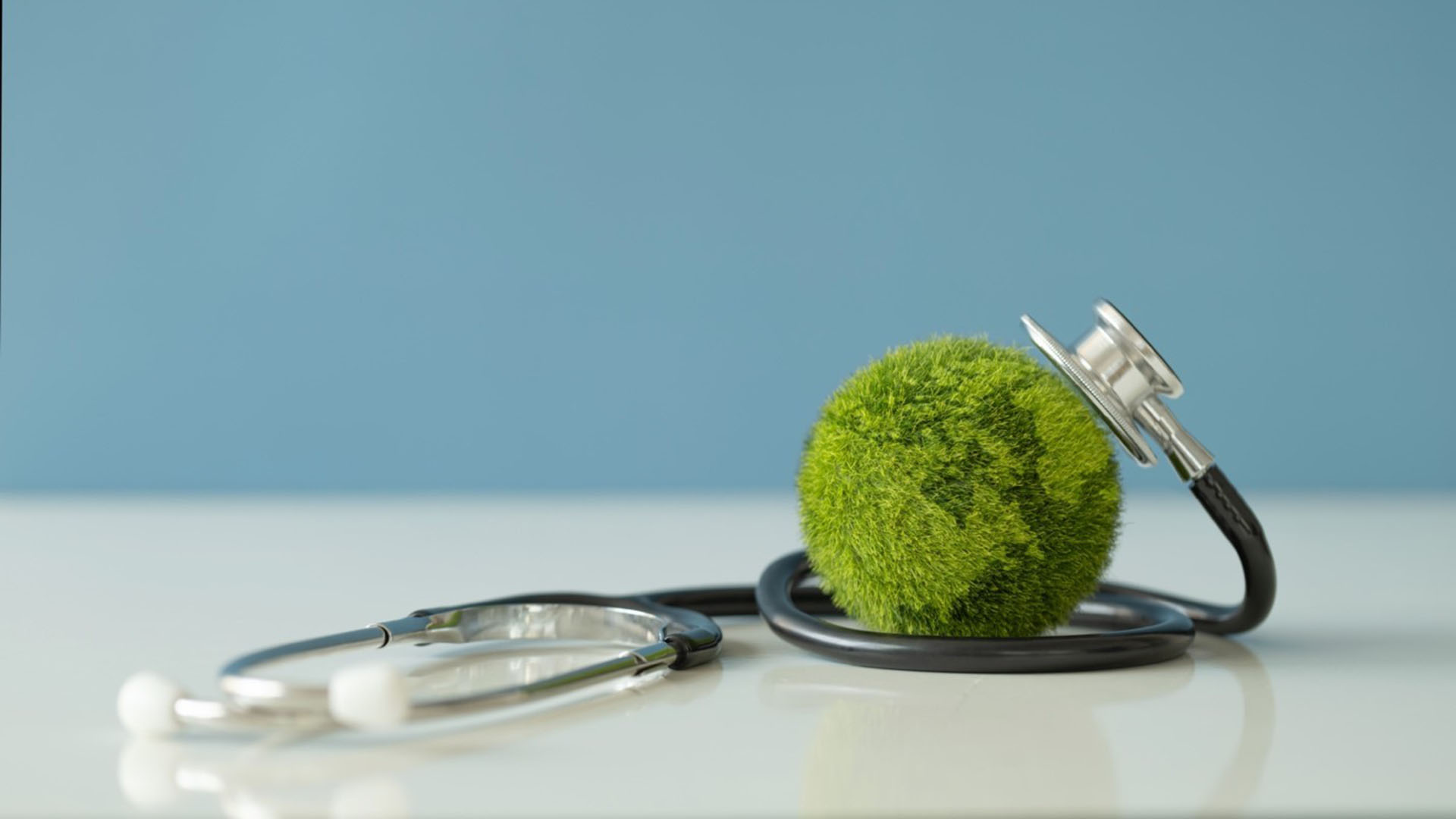
In one room, a patient is experiencing cardiac arrest. In the next, a trauma patient awaits care for severe injuries. Nurses work together, applying their skills and knowledge to stabilize their patients, their every move critical to saving lives.
But here’s the twist: these patients aren’t real. They’re advanced simulation (SIM) mannequins, and the high-stakes medical emergencies are carefully crafted simulation exercises developed and executed by the Professional Practice team at Niagara Health.
Using advanced technology and realistic scenarios, SIM education transforms clinical learning by replicating real-life medical emergencies in a risk-free environment. For nurses, physicians and other health professionals, these sessions are an opportunity to refine their skills, strengthen teamwork and build confidence – all while ensuring the best outcomes for real patients when it matters most.
“Nurses working in the Emergency Department face incredibly high-pressure situations every day,” says Ashley McLean-Duncan, a Nurse Educator at Niagara Health. “Simulation training allows them to rehearse those scenarios, think through the steps they need to take and learn from opportunities for growth and skill building in a safe, supportive setting.”
A safe space to learn
At the heart of SIM education training is Clair, a medium-fidelity simulation mannequin with realistic features. Clair can breathe, speak and even mimic physiological responses like a racing heartbeat or blocked airway.
“Clair’s capabilities make her an invaluable tool,” says Natalie Ferraro, Director, Professional Practice and Education. “Staff can practice everything from CPR to administering medications, all while navigating realistic, high-pressure situations.”
Each SIM session begins with a briefing, where participants are introduced to the medical scenarios they’ll be tackling. From there, they step into action. In the cardiac arrest station, nurses perform chest compressions, intubate the patient and deliver life-saving medications. At the trauma station, they assess injuries, stabilize fractures and manage severe bleeding.
“Nurses need to be prepared for anything and the simulation helps them to think on their feet,” says McLean-Duncan. “It’s not just about clinical skills, it’s about communication and teamwork. Those are the keys to success in any emergency.”
link







